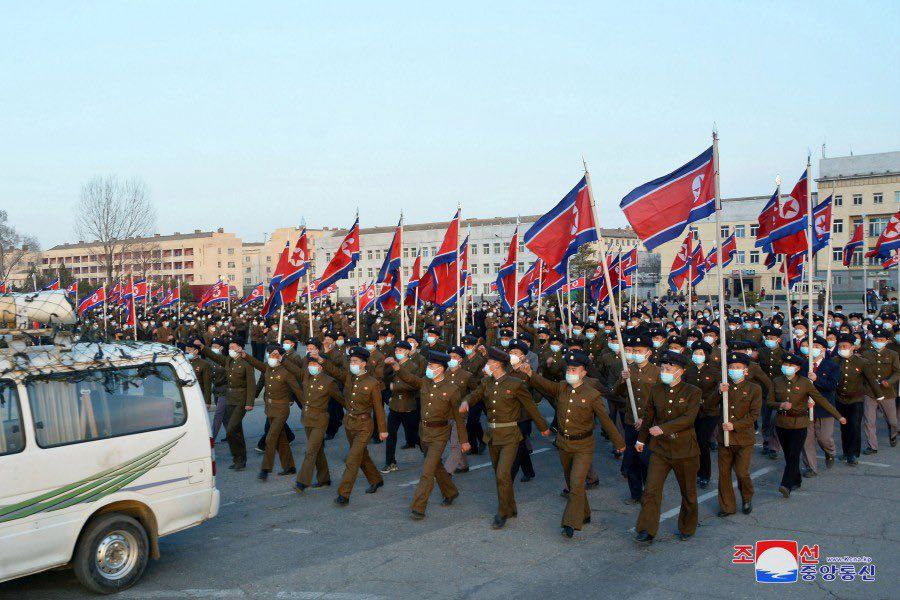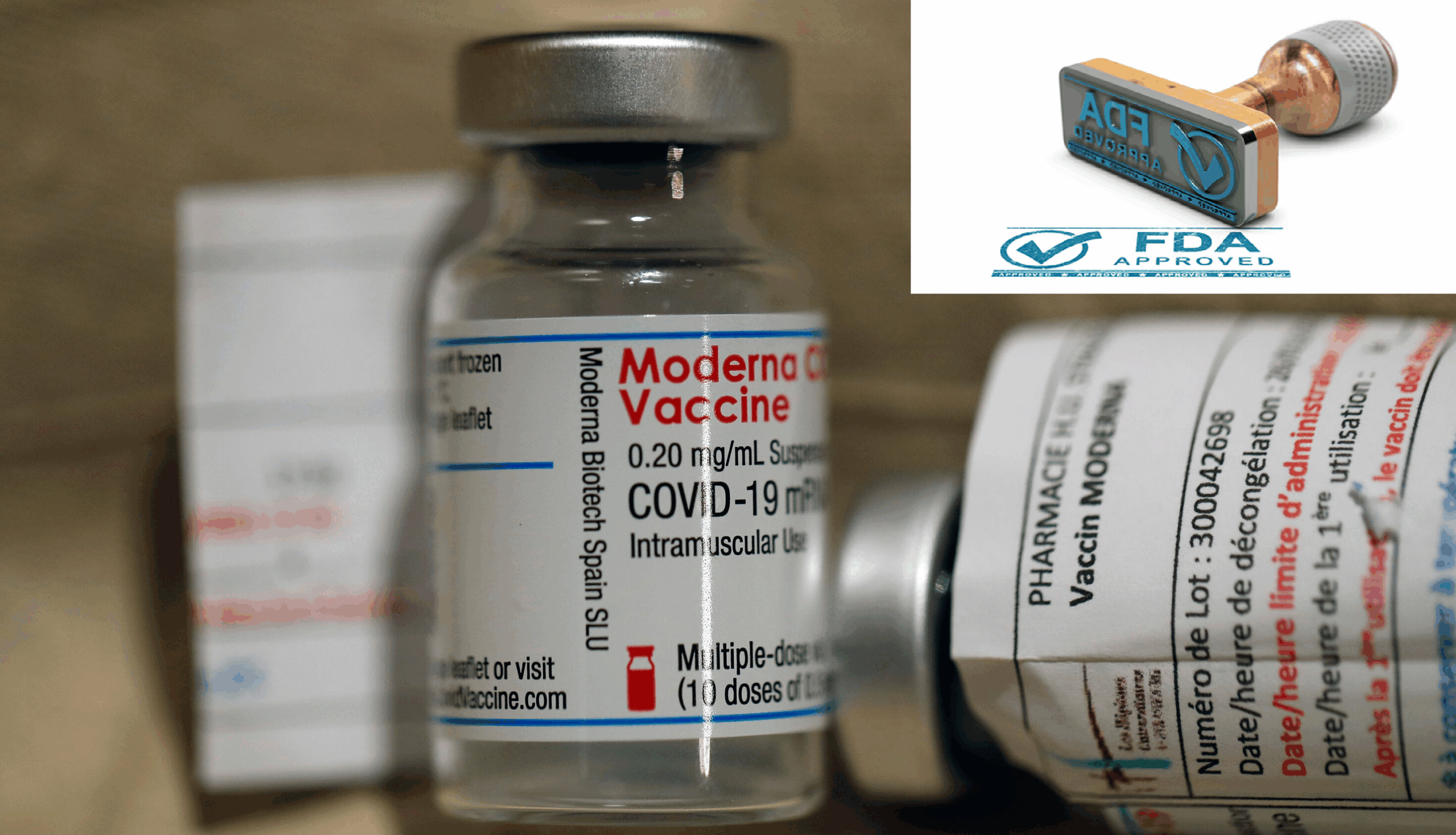North Korea faces mass mobilization ahead of a significant military escalation with South Korea. Recent tensions between the two countries have provoked strong reactions from North Korean leaders. In response, 1.4 million youths across the country have volunteered to join the Korean People’s Army (KPA). This unprecedented wave of enlistment shows a heightened sense of urgency and nationalism within North Korean society.
The North Korean government often emphasizes military readiness, especially in light of perceived threats from South Korea and the United States. This recent surge in volunteer enlistments demonstrates the regime’s ability to galvanize support from its youth. Propaganda plays a crucial role in shaping public sentiment. State media consistently portrays the KPA as a vital institution for national defense.
Tensions on the Korean Peninsula have escalated due to military exercises conducted by South Korea and the U.S. North Korea views these exercises as direct provocations. In response, the North has increased its military posturing and rhetoric. Leaders in Pyongyang claim that the military buildup is necessary to safeguard the nation’s sovereignty and security.

The 1.4 million volunteers represent a significant portion of North Korea’s youth population. Many young people in North Korea face limited economic opportunities. The KPA offers a pathway for employment and social status. Joining the military can provide access to education and other resources that may not be available otherwise. As a result, some youths see enlistment as a chance to improve their prospects.
North Korean Strategy
North Korea’s military strategies depend on a mix of conventional forces and nuclear capabilities. The KPA ranks among the largest standing armies in the world, and its personnel undergo rigorous training. This mass mobilization aligns with the regime’s goals of reinforcing military strength amid rising tensions. By increasing troop numbers, North Korea aims to send a message to both South Korea and the international community.
In addition to enlisting volunteers, the North Korean government has intensified its propaganda efforts. State-run media outlets highlight the bravery and dedication of those joining the KPA. This messaging encourages more enlistments and builds a sense of collective identity among citizens. The government aims to portray a united front against external threats, fostering national pride and loyalty.
The situation remains fluid, and the potential for military escalation looms large. Analysts closely monitor developments on the Korean Peninsula. The recent mass mobilization of youth volunteers underscores the seriousness of current tensions. Both North and South Korea must navigate this precarious situation carefully. A miscalculation by either side could lead to significant consequences for regional stability and security. The world watches this critical juncture in Korean history, hoping for a peaceful resolution.




